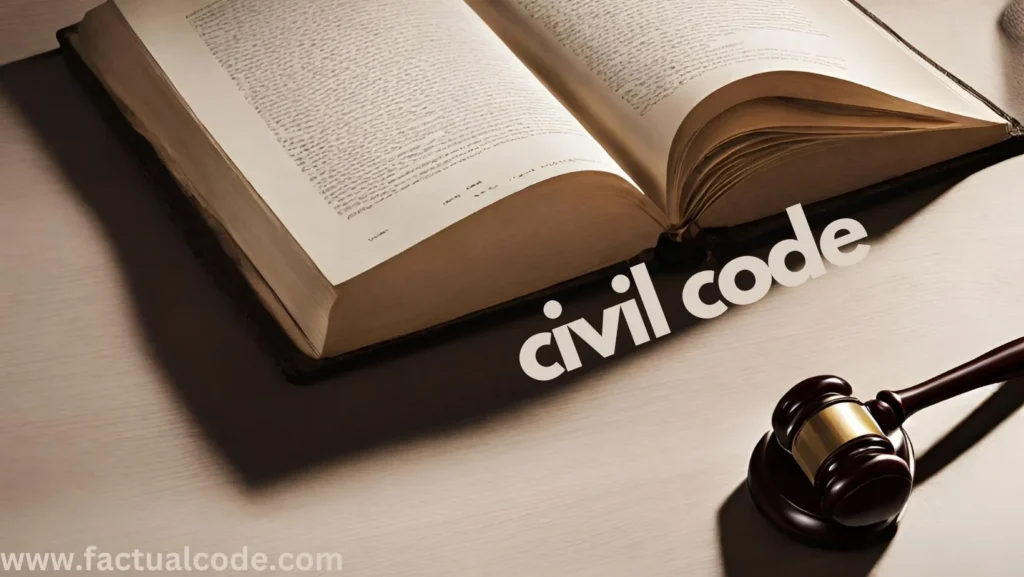1. Introduction
Attachment under the Code of Civil Procedure, 1908 (CPC), is a legal mechanism to secure a judgment debtor’s property, preventing its alienation or disposal before satisfying a decree. It ensures that the decree-holder can recover the awarded amount or property.
2. Statutory Provisions
Attachment of property is primarily governed by:
- Sections 60-64 CPC – Defines attachable property and restrictions.
- Order 21, Rules 41-57 – Prescribes the procedure for attachment in decree execution.
- Order 38, Rules 5-12 – Regulates attachment before judgment.
3. Types of Attachment
A. Attachment Before Judgment (Order 38, Rules 5-12 CPC)
🔹 Purpose: Prevents the debtor from frustrating the decree by disposing of assets before judgment.
🔹 Conditions:
- The plaintiff must establish that the defendant is attempting to delay or obstruct execution.
- The defendant may provide security to avoid attachment.
- If the court is satisfied, an attachment order is issued.
🔹 Effect: The property remains attached until the final judgment is passed.
B. Attachment in Execution of Decree (Order 21, Rules 41-57 CPC)
🔹 Purpose: Ensures decree satisfaction by restricting the judgment debtor’s rights over the attached property.
🔹 Procedure:
1️⃣ The decree-holder files an execution petition.
2️⃣ The court issues an attachment order against the debtor’s property.
3️⃣ A public proclamation of attachment is made.
4️⃣ If the decree remains unsatisfied, the property may be sold through auction.
4. Property Liable to Attachment (Section 60 CPC)
The following properties can be attached:
✔ Immovable property (land, buildings, etc.).
✔ Movable property (vehicles, jewelry, etc.).
✔ Bank accounts.
✔ Debts owed to the judgment debtor.
✔ Shares, securities, and other valuable rights.
5. Property Exempt from Attachment (Section 60 CPC)
The law protects certain properties from attachment, including:
❌ Necessary personal belongings.
❌ Stipends and pensions.
❌ Salaries of government employees (subject to limits).
❌ Property of public charitable institutions.
6. Modes of Attachment (Order 21, Rules 41-57 CPC)
🔹 Movable Property: Seizure and custody by the court.
🔹 Immovable Property: Proclamation and restriction on transfer.
🔹 Bank Accounts: Freezing of the debtor’s account through a court order.
7. Effect of Private Alienation After Attachment (Section 64 CPC)
Once a property is attached, any transfer or sale by the debtor is void against the decree-holder unless permitted by the court.
8. Attachment Under Precept (Section 46 CPC)
If the debtor’s property is located outside the jurisdiction of the executing court, a precept may be issued to another court for temporary attachment.
9. Conclusion
Attachment under CPC is a vital legal tool to prevent fraudulent transfers and secure decree execution. While it protects creditors’ rights, it also upholds the debtor’s safeguards by exempting certain essential properties.
Recommended Posts
Understand which properties are protected from being attached and sold when a court decree is executed. Learn about essential items, personal belongings, and legal exemptions.
Explore the concept of attachment before judgment, its purpose, and the conditions under which a court may order it. Learn how this legal tool can secure a potential decree before a judgment is finalized.

